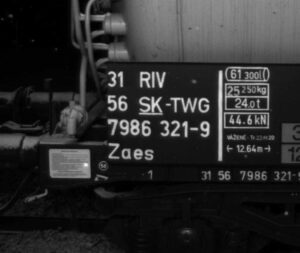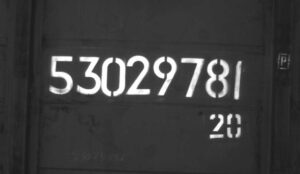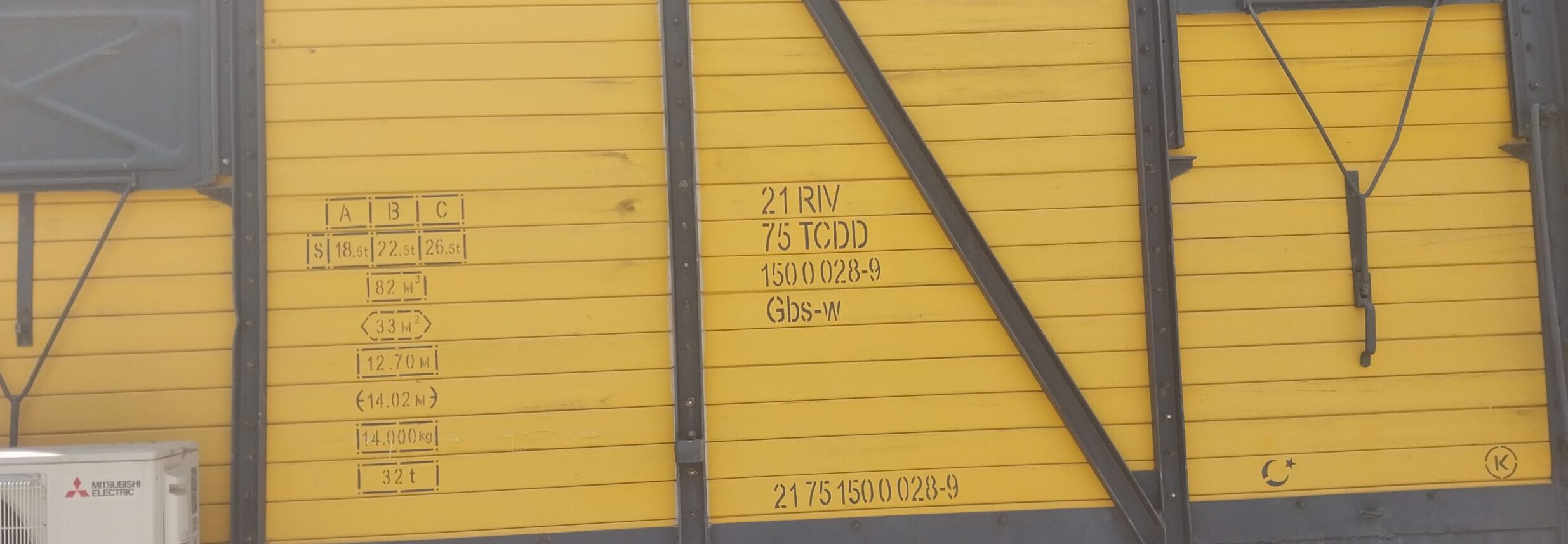In the vast and complex world of rail transport, understanding the language of wagon codes is crucial for logistics and operations management. Wagon codes not only provide essential information about the railcars themselves but also facilitate efficient tracking and management across national borders. In this blog post, we dive deep into the two predominant coding systems used in Europe and Russia: the UIC (International Union of Railways) codes and the Russian national wagon codes.
European UIC Wagon Codes
The UIC codes, widely adopted throughout European railways, offer a standardized approach to identifying various attributes of a wagon, such as its type, owner country, and specific characteristics. Each element of the UIC code serves a purpose, ensuring seamless operations across the diverse rail networks of Europe.

UIC Wagon Codes are a standardized system used primarily by European railways to identify railcars. Developed by the International Union of Railways (UIC), these codes consist of 12 digits, each serving a specific purpose to convey detailed information about the wagon:
- Digits 1-2 (Type Code): These indicate the type of wagon, with specific numbers standardized across UIC members to represent different types of wagons, such as tankers, flatbeds, passenger cars, etc.
- Digits 3-4 (Country Code): These identify the country in which the wagon is registered. Each member country has specific numbers assigned.
- Digits 5-8 (Vehicle Type): These digits further categorize the wagon, detailing its specific characteristics and capabilities related to its series and exact type.
- Digits 9-11 (Serial Number): Individual running number (serial number)
- Digit 12 (Check Digit): This is used to verify the accuracy of the entire code. The check digit is calculated using a specific algorithm involving the other digits.
Practical Application
The UIC wagon coding system enables:
- Efficient Tracking: Facilitates the smooth tracking of wagons across international borders within Europe and other regions using the UIC standard.
- Operational Consistency: Ensures uniformity in data handling and operations related to rail transport.
- Enhanced Logistics: Supports logistics planning and management by providing detailed information about the wagon types and ownership directly through the code.
Russian Wagon Codes
Russian wagon codes, integral to the vast and expansive rail network across Russia, adhere to a specific format that ensures seamless logistical operations and effective tracking of railcars. Let’s explore the structure and specifics of these codes:
Structure of Russian Wagon Codes

Russian wagon codes are typically structured as an 8-digit numerical sequence. This includes:
- First 7 digits: These represent the serial number of the wagon. Each number is unique to the wagon and provides information about its characteristics and ownership within the railway network.
- Eighth digit: This is the check digit, used to validate the accuracy of the entire wagon code.
The wagon code system in Russia is designed to be in harmony with broader international standards but has specific adaptations that cater to the national requirements and railway administration practices.
Practical Application
Russian wagon codes are crucial for a variety of logistical operations, such as:
- Tracking and Management: Ensuring each wagon can be tracked across long distances and throughout the extensive rail networks.
- Maintenance Scheduling: Helping manage maintenance schedules by identifying wagons due for checks or repairs.
- Operational Efficiency: Streamlining operations by quick identification and sorting of wagons based on their codes.
While the Russian wagon coding system has similarities with international systems like the UIC codes used in Europe, it is tailored to meet the specific needs and challenges of the Russian railway system. The use of a simple and robust check digit calculation method ensures that the codes are easy to validate and less prone to error, which is critical given the scale and complexity of Russian rail transport.
